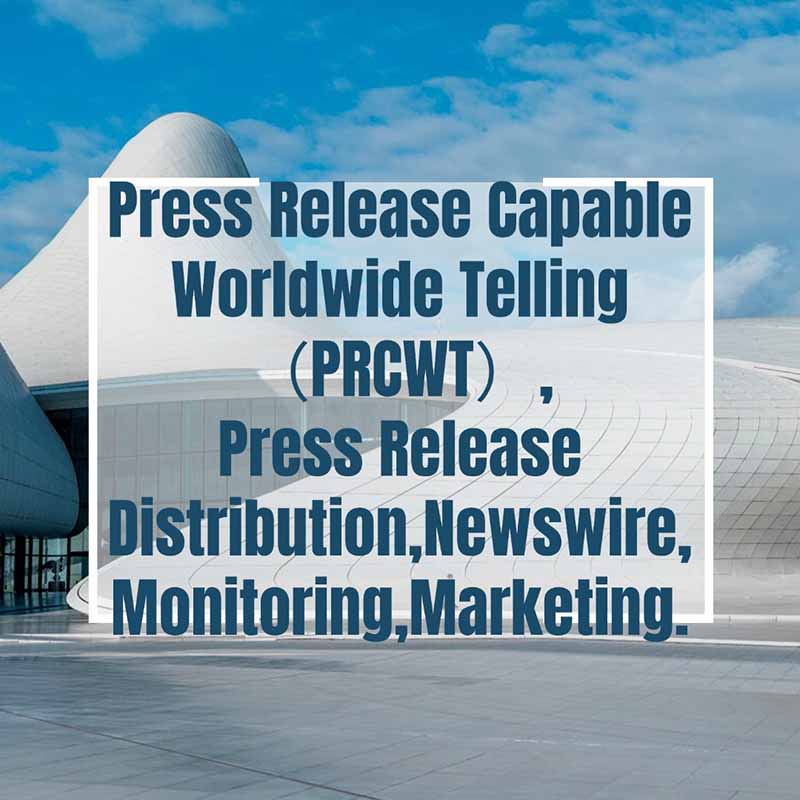In the vast landscape of the digital age, media monitoring has emerged as a crucial tool for businesses and organizations. It is the process of tracking, analyzing, and interpreting media content to gain insights into public opinion, brand perception, and market trends. With the explosion of information sources and the increasing complexity of the media environment, effective media monitoring has become essential for staying ahead in the game.
Media monitoring provides a real-time view of what is being said about a brand, product, or service in the media. By monitoring various media channels such as news websites, social media platforms, blogs, and online forums, businesses can identify emerging issues, manage reputation, and respond to crises promptly. It also helps in understanding customer sentiment and preferences, enabling companies to make informed decisions and develop targeted marketing strategies.
According to recent industry data, the global media monitoring market is expected to grow at a CAGR of over 10% in the coming years. This growth is driven by the increasing importance of digital media, the need for real-time insights, and the rising demand for brand protection. As more and more businesses recognize the value of media monitoring, the competition in this space is also intensifying.
There are several key players in the media monitoring industry, each offering unique features and services. Some of the leading players include Cision, Meltwater, and Brandwatch. These companies use advanced technologies and algorithms to collect, analyze, and present data in a user-friendly manner. They also offer customizable dashboards and reports to meet the specific needs of their clients.

In addition to the traditional media monitoring services, there is a growing trend towards using artificial intelligence and machine learning to enhance the accuracy and efficiency of monitoring. These technologies can automatically detect patterns, sentiment, and topics in large amounts of data, saving time and resources for businesses. They also enable more sophisticated analytics and predictive modeling, providing valuable insights into future trends.
Another important aspect of media monitoring is the role of social media. With the popularity of platforms like Facebook, Twitter, and Instagram, social media monitoring has become an integral part of any media monitoring strategy. By monitoring social media conversations, businesses can gain a deeper understanding of their customers' opinions and behaviors, and engage with them in real-time.
However, media monitoring is not without its challenges. One of the main challenges is the sheer volume of data available, which can make it difficult to sift through and find relevant information. Another challenge is the accuracy and reliability of the data, as there may be biases or inaccuracies in the sources. To overcome these challenges, businesses need to invest in advanced technologies and tools, as well as in trained analysts and researchers.
In conclusion, media monitoring is a powerful tool for businesses and organizations in the digital age. It provides valuable insights into public opinion, brand perception, and market trends, enabling them to make informed decisions and stay ahead in the game. With the不断发展 of technology and the increasing importance of digital media, the role of media monitoring is only set to grow in the coming years.